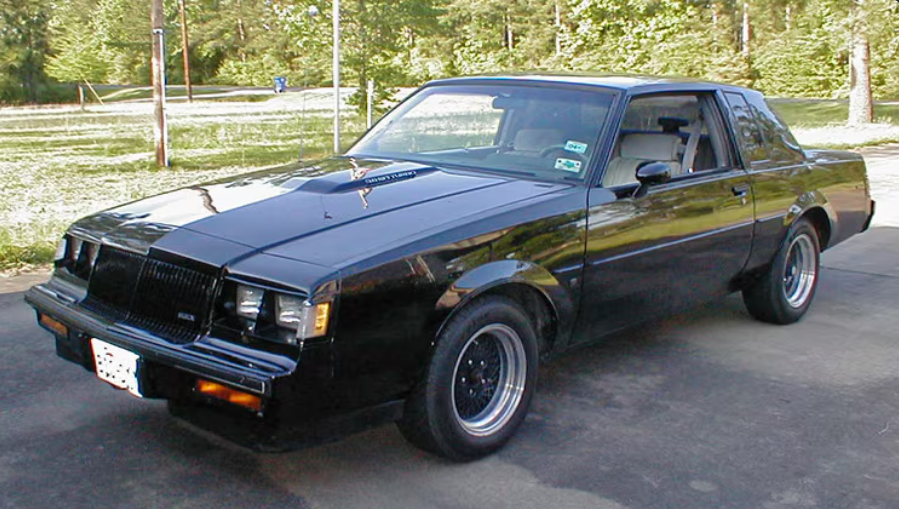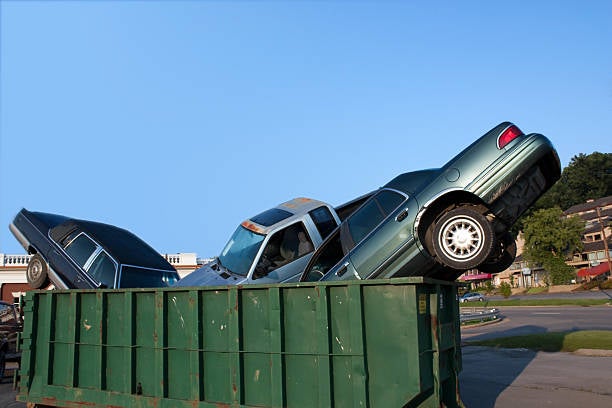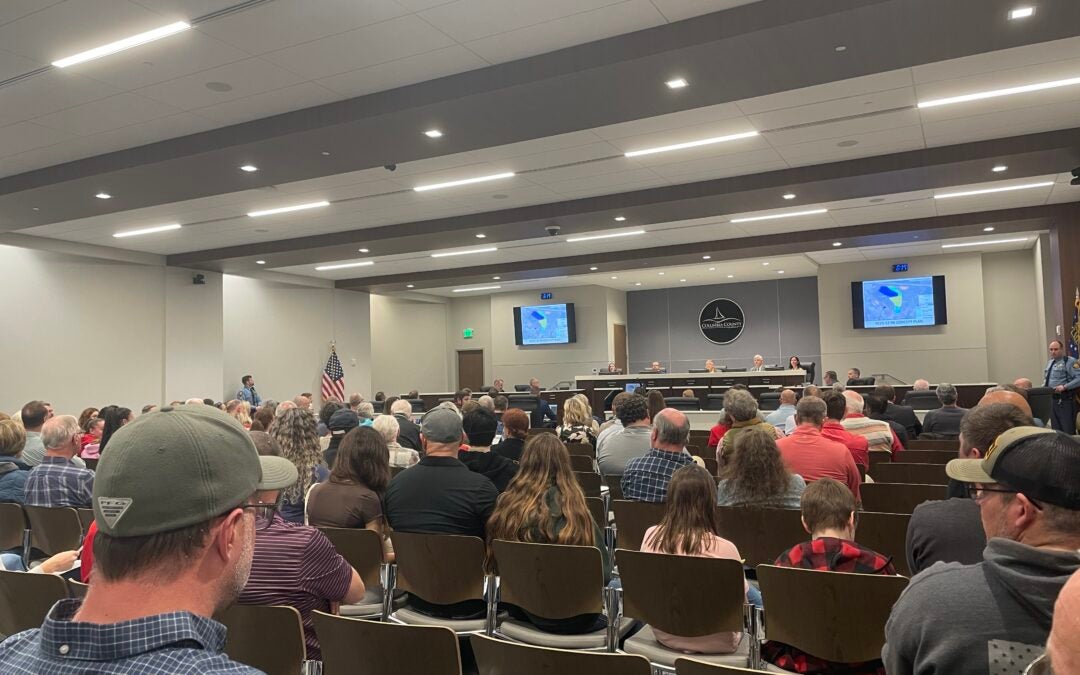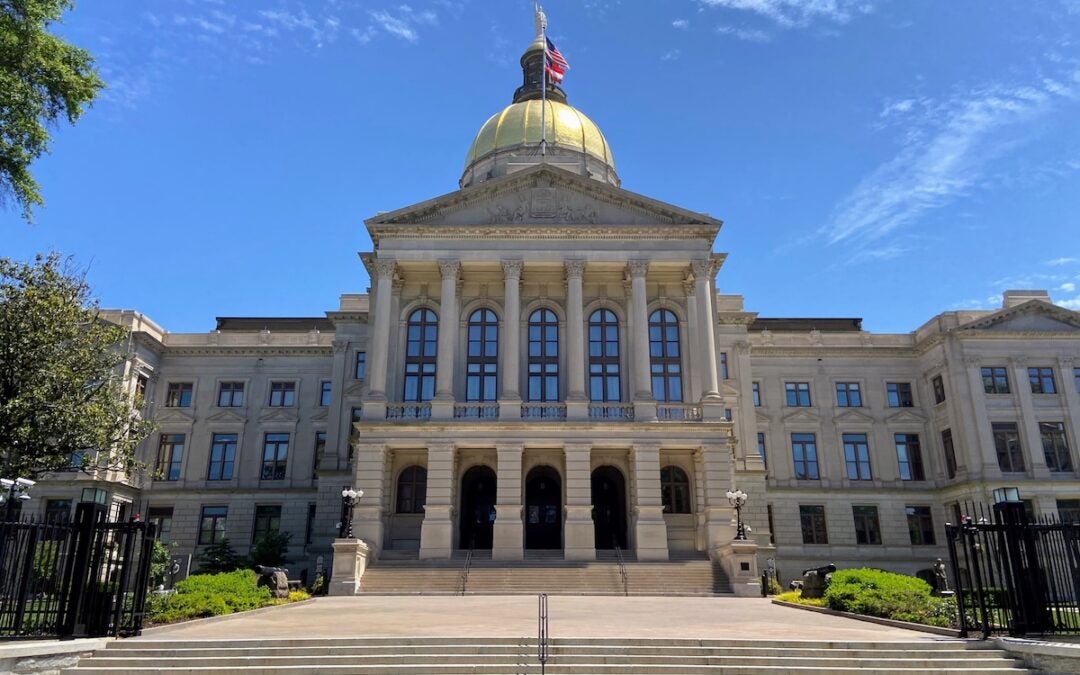In 2009, the federal government created the Car Allowance Rebate System (CARS) and sold it to the public as the “Cash for Clunkers” program; however, pretty much everyone who follows the auto industry agrees that the program was a disaster.
In the space of just over a month, the government spent $3 billion in taxpayer money crushing perfectly usable vehicles, including some that are now becoming hot on the collector market.
True to form, rather than admit the program was a mistake, Congress has allocated another billion dollars to try the program again this June, according to the Milken Institute.
The Obama administration claimed that the program aimed to get outdated gas-guzzlers off the streets in favor of modern gas sippers and hybrids as a measure to combat climate change; but, in reality, it was just a cynical attempt to artificially boost car sales and to prop up the ailing auto industry.
According to the government’s own figures, the majority of the cars turned in for the program already got over 18 MPG and contained fully modern exhaust systems, so any environmental effect was, at best, minimal.
Ultimately, hardly anyone, including the struggling automakers, benefitted from the program and it hardly made a dent in what was being called the “Great Recession.”
Even the left-leaning publication Politico called the program a failure, insisting that it cost the government $1.4 million for every job that the program created.
People were enticed to turn in their old vehicles to get a minimum $3,500 credit towards the purchase of a new car and that credit could be placed on top of the trade-in value in some cases; hence, there were more Cadillac Eldorado models turned in than Cimarrons.
One might think that tow truck operators made a mint during this time, but according to auto industry expert and The Augusta Press columnist Taylor Bryant, the cars had to be operational to qualify and had to be driven under their own power to the lot.

“I remember looking out on the lot and seeing it absolutely crammed with perfectly usable vehicles and all of them were destined to be crushed, it was really sad,” Bryant said.
Not only were the cars crushed, but the government demanded that the engines and transmissions be rendered forever unusable, so that no spare parts could be taken off.
Naturally, this made the prices of used parts skyrocket.
One might think that if the tow operators didn’t make any money, then the scrappers certainly did.
That turned out not to be true either.
According to the Cato Institute, by having nearly 750,000 vehicles in the scrap yards, a glut occurred in the market and the prices for scrap metal fell so far that the scrappers were forced to sell the metal to… wait for it, China. That country then used the recycled metal to make their knock-off Buicks and challenge American manufacturers in the overseas markets.
The Cato Institute report found that the feds spent $3 billion to create a further $2.25 billion in economic loss.
The government claimed that the program would create “economic equality” by making cars more affordable for the poor; however, once again, the opposite happened.
Due to the engineered supply shortage of marketable used cars, the cost of buying a pre-owned vehicle soared, putting them out of reach for some first-time buyers. Also, since the program only covered new cars, many economically disadvantaged people ended up paying massive interest rates due to poor credit, which saddled them with a monthly bill they could barely afford.
While no one is going to miss seeing a rusting 1987 Dodge Caravan on the roadways, according to Motor Trend, a 1987 Buick GNX, 1997 Aston Martin DB7 as well as scores of post-1984 Corvettes, Ford F-150s and even a Mercedes stretch limousine were among the casualties.
Now, the feds want to try their little experiment again, this time to encourage you to buy an EV. I say, don’t fall for it.
See you on the road!
Scott Hudson is the Senior Investigative Reporter and Editorial Page Editor for The Augusta Press. Reach him at scott@theaugustapress.com











